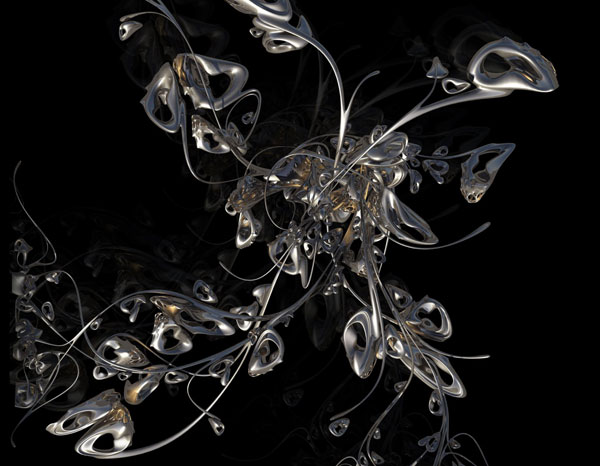(This will an evolving post, so don't be alarmed by the length. I will continue to update it as I notice further relationships.)
The rhetoric over theory vs. practice in architecture is tired and worn out, and if you've ever worked in an office you don't need to be told the differences. But for my generation, there are some new wrinkles in this complicated - and often criticized - relationship that are starting to affect the discipline as a whole. In the traditional model of architectural education and practice, the conflict could be modeled simply as a push and pull between design (form, art, sculpture, independence) and reality (economy, gravity, dependence).
Design < > Reality
 |
| [Sant Elia - Futurist, but still with pen, paper, and straight edge. The forms are recognizable as buildings.] |
Now I believe there is a third element to this conflict: technology. More specifically, computers and visualization software. For centuries, since the days when Brunelleschi doodled the famous structure of the dome, the methods of architectural representation remained relatively constant: drawing tool, straight edge, and paper. The use of such devices limited our ability to conceive of form beyond what was structurally possible or referential to some previous typology. Computers, on the other hand, have allowed our imaginative powers to far outrun our ability to practically create, because they not only translate what we think but also generate based on complicated sets of parameters or algorithms. As a result, a new style, or field of research (I don't really know what to call it) of "virtual architecture" has emerged, championed by the likes of Zaha Hadid / Patrik Schumacher,
Roland Snooks and others, whose bearing on real architecture has yet to be fully explored or even explained clearly by those who profess it.
 |
| [Diaz Alonso - what in the world is this without context? How was it made?] |
What all this leads to, at least with me since I feel like I'm not brilliant enough to decipher it all, is an incredible confusion as to what architecture - especially in this country - actually is and where I should focus myself in school. Should I look into parametric design simply because it's new and innovative, to broaden my horizons? Should I avoid it if I think it's irrelevant to my own interests? Should I even bother looking at history if the tools of the trade have evolved so much? These are questions I have to deal with even as I'm forced to struggle to catch up with learning new software (I've found out so far I'm very much behind). So now the conflicts in architecture look like this:
Design (Practical) < > Design (Virtual) < > Technology < > Reality < > Generational
Sometimes it's all a bit too much to handle, I'll admit. Now with the conflicts mapped out, I'm going to start keeping a list of contradictions in architectural practice vs. education, the purpose of which is not to completely discount what I learn, but simply to refer it to my ultimate goal of becoming an architect who builds buildings. Sure it's been done before many times, but I think it's healthy for every student of architecture to develop his or her own. I'll start off with a few, feel free to add, contribute, suggest, refute, etc.
1. The Role of the Architect in the Realization of Projects
This one is obvious. In school, you are taught ways of making cities better one building or project at a time, as if you are the spontaneous generator of the need.































